Curriculum
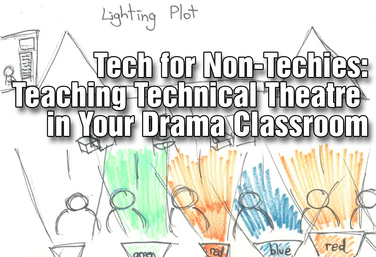
Technical Theatre Mini Units
by Josh Hatt
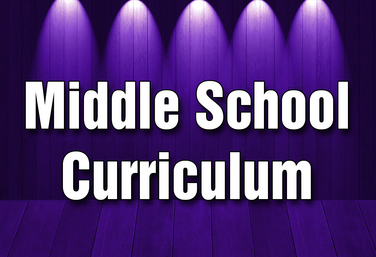
Middle School
by Lindsay Johnson
Units
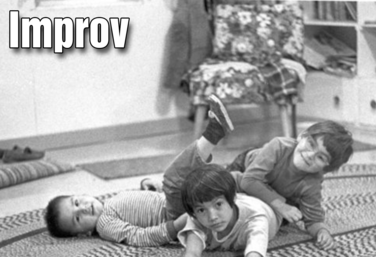
Improv
by Anna Porter
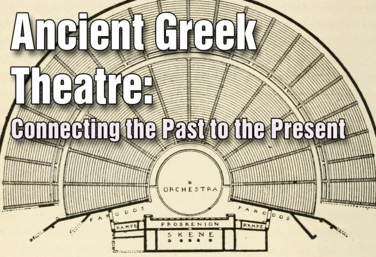
Ancient Greek Theatre
by Lindsay Price
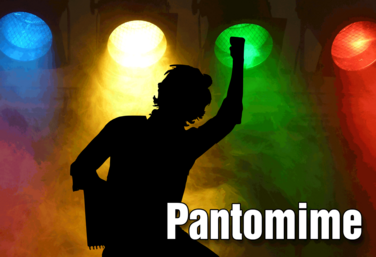
Pantomime
by Angel Borths

What is Theatre?
by Karen Loftus
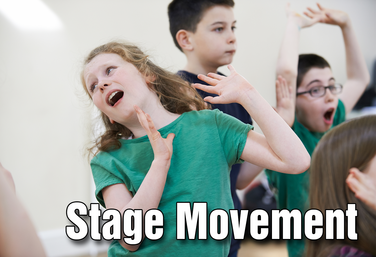
Stage Movement
by Karen Loftus

Pantomime
by Karen Loftus

Voice
by Karen Loftus
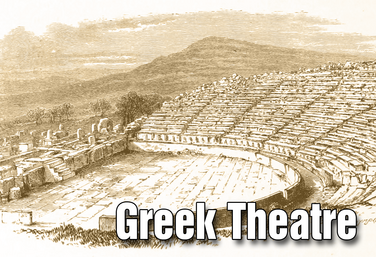
Ancient Greek Theatre
by Karen Loftus
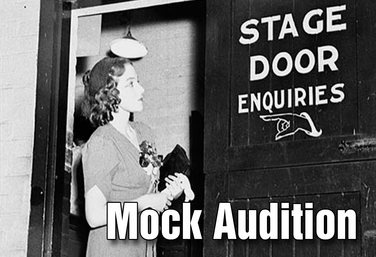
Mock Audition
by Lindsay Price

Monologue Writing Made Easy
by Matthew Banaszynski
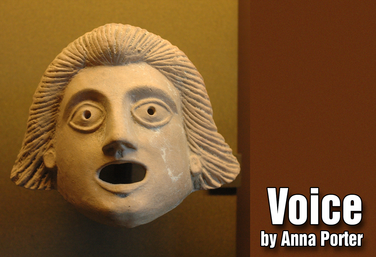
Voice
by Anna Porter

Puppetry
by Jenny Goodfellow
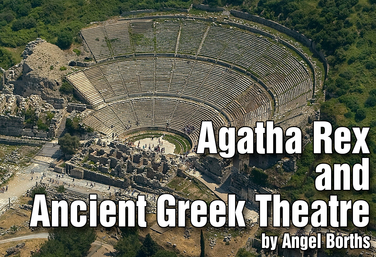
Agatha Rex and Ancient Greek Theatre
by Angel Borths

Pantomime
by Anna Porter
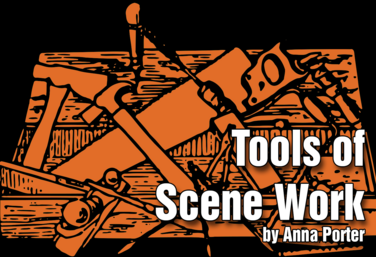
Tools of Scene Work
by Anna Porter
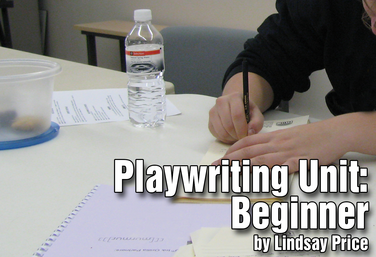
Playwriting Unit: Beginner
by Lindsay Price
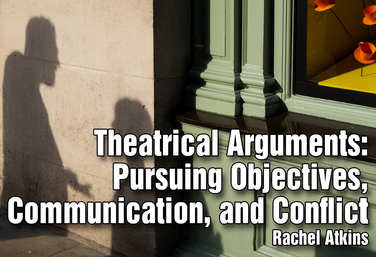.png)
Theatrical Arguments: Pursuing Objectives, Communication, and Conflict
by Rachel Atkins

Middle School Curriculum: Overview
by Lindsay Johnson
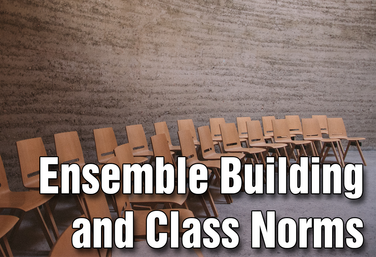
Unit One: Ensemble Building and Class Norms
by Lindsay Johnson
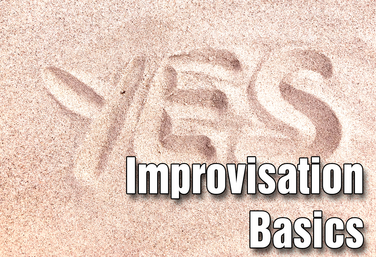
Unit Two: Improvisation Basics
by Lindsay Johnson
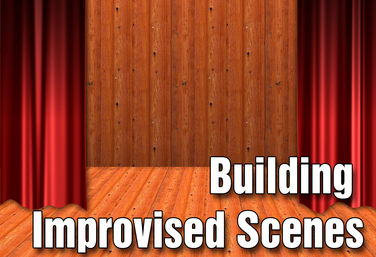
Unit Three: Building Improvised Scenes
by Lindsay Johnson
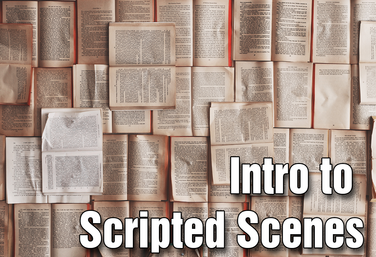
Unit Four: Intro to Scripted Scenes
by Lindsay Johnson

Unit Five: Intro to Script Writing
by Lindsay Johnson
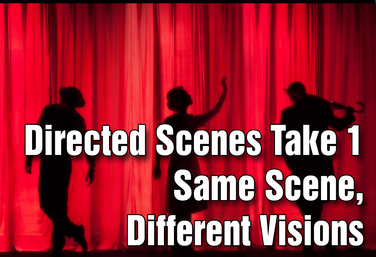
Unit Six: Directed Scenes Take 1: Same Scene, Different Visions
by Lindsay Johnson
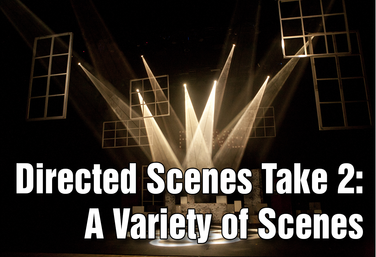
Unit Seven: Directed Scenes Take 2: A Variety of Scenes
by Lindsay Johnson
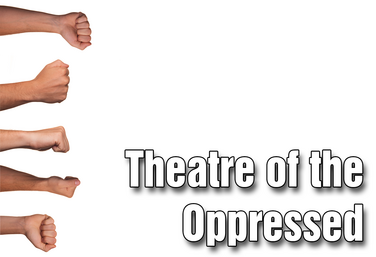
Unit Eight: Theatre of the Oppressed
by Lindsay Johnson
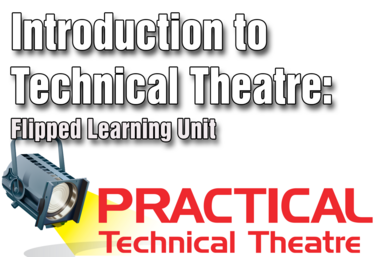
Introduction to Technical Theatre: Flipped Learning
by Lindsay Price
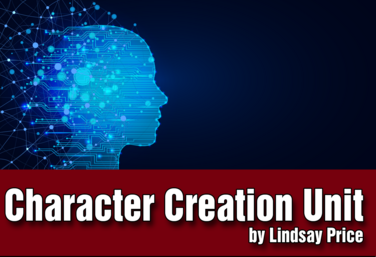
Character Creation: Superhero Series: Multi platform
by Lindsay Price and Kerry Hishon
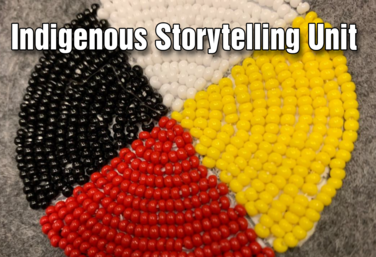
Indigenous Storytelling Unit
by Allison Green
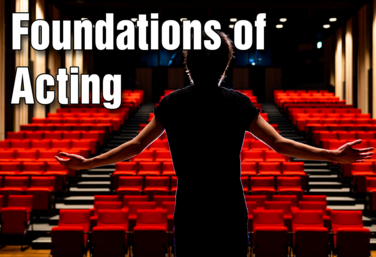
Foundations of Acting
by Annie Dragoo

Spoken Word Poetry
by Quincy Young
Lesson Plans
01 - Emergency Lesson Plans: Middle School Drama Class Task Sheets
by Drama Teacher Academy
02- - Emergency Lesson Plans: Middle School Drama Class Task Sheets Volume 2
by Drama Teacher Academy
PLCs

Middle School Matters!
Hosted by Matt Webster, Lindsay Price, Lindsay Johnson, Marisa Brady